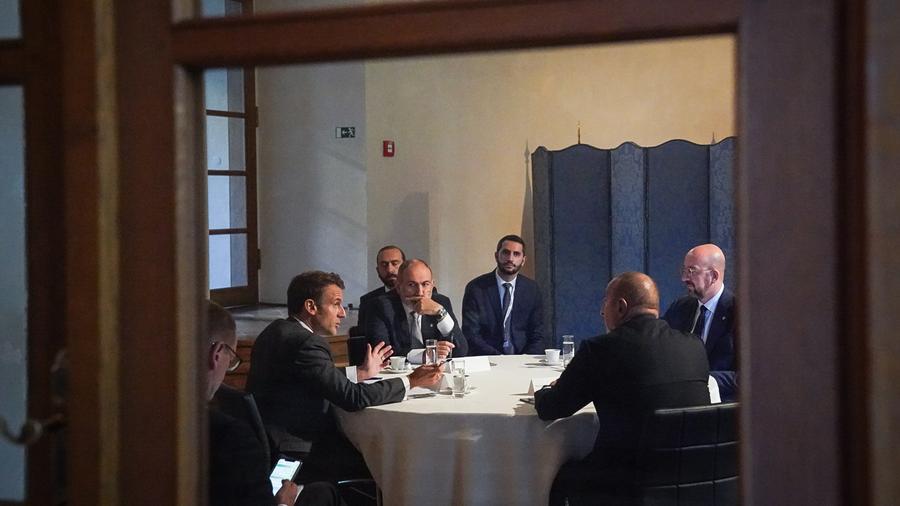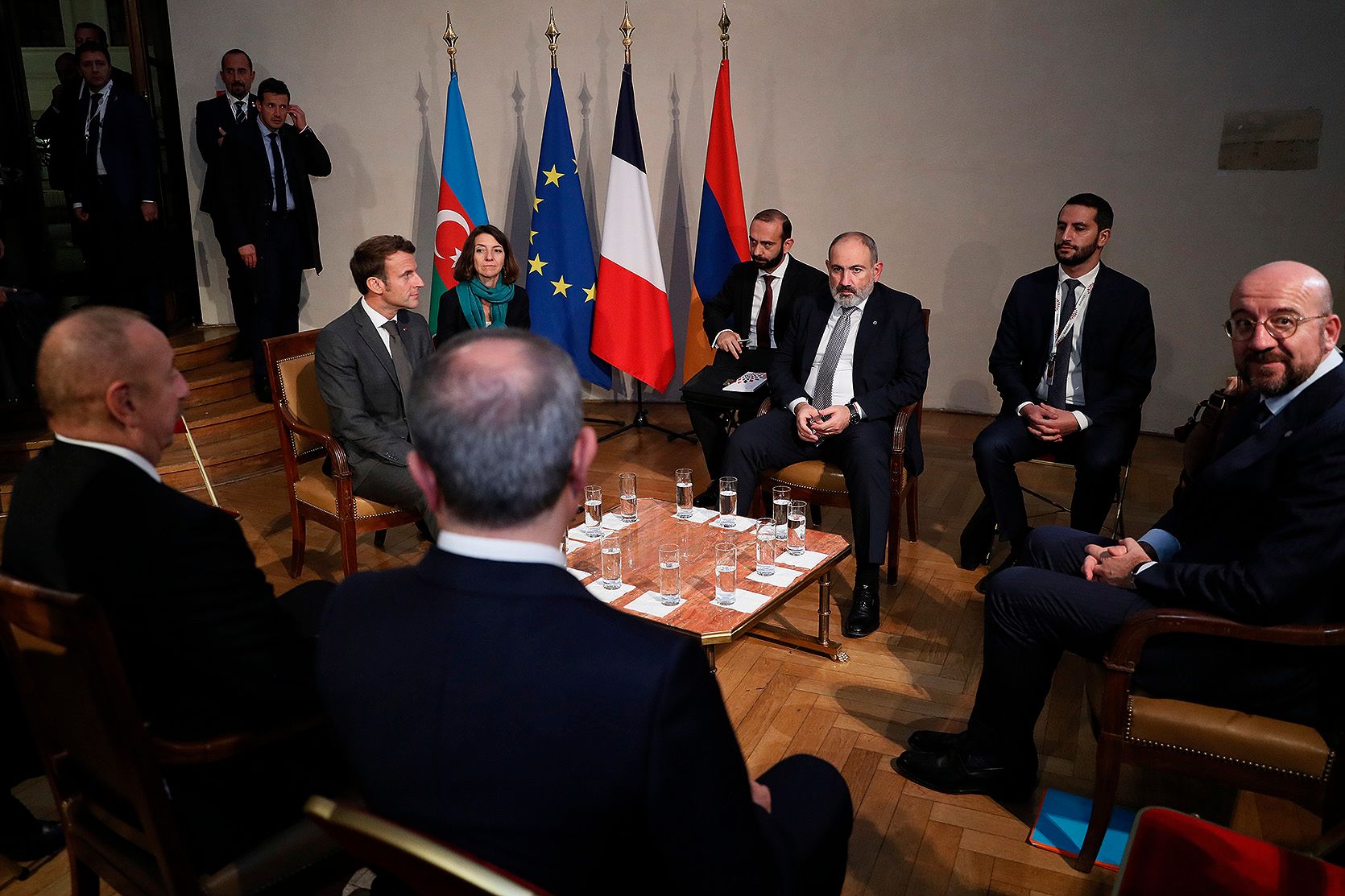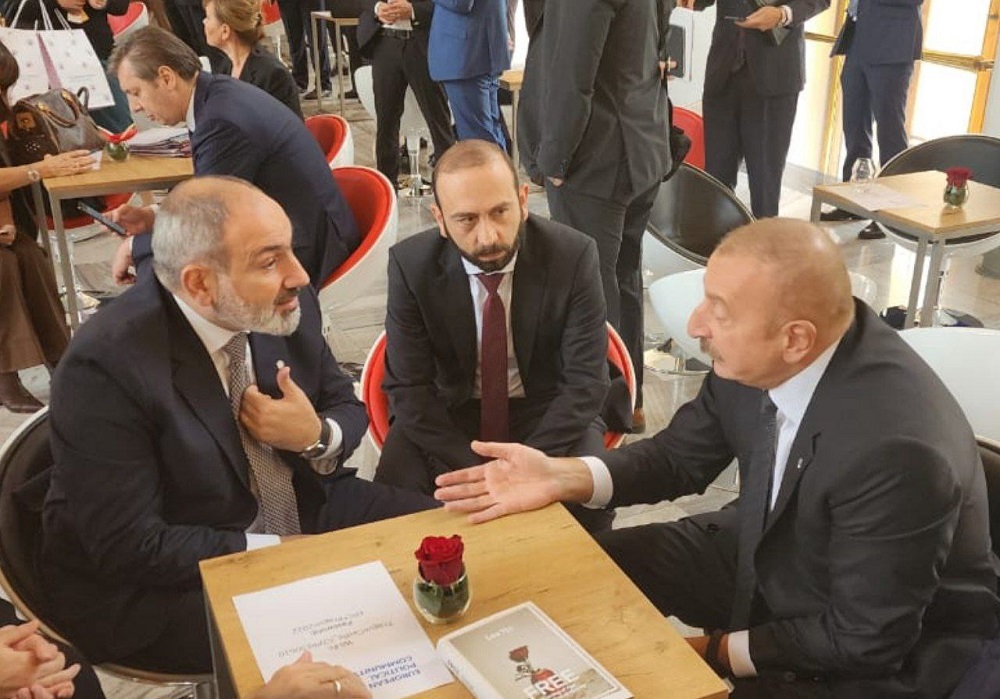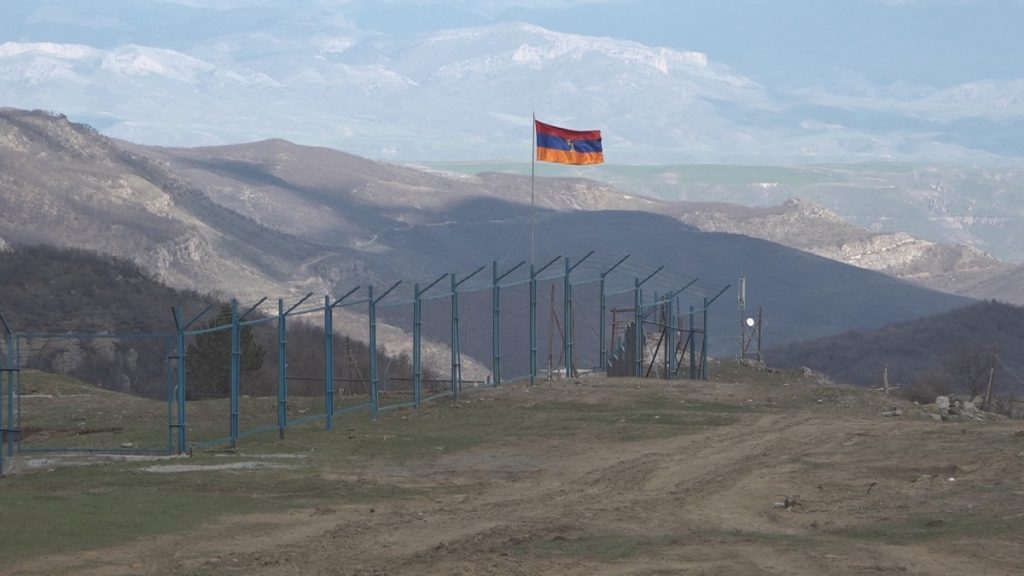"There is no point combining the EU and CSTO missions on the border of Armenia." Opinion
EU monitors on the Armenian border
Up to forty EU observers will be deployed to the Armenian-Azerbaijani border. The final decision on this was made at a meeting of the EU Council on Foreign Relations in Luxembourg.
After an agreement was reached, Russia announced that the CSTO military bloc, acting under its leadership, was also ready to send its observers there. The Armenian Foreign Ministry replied that Yerevan was ready to receive them, and then discuss the issue of combining the two missions.
Meanwhile, political observer Hakob Badalyan believes that it is impossible to combine the European Union and the CSTO missions, nor is there political need.
Details on the deployment of an EU mission to the Armenian-Azerbaijani border, Russia’s reaction as expressed by Foreign Minister Lavrov, the position of the Armenian authorities, and an expert’s commentary.
“EU monitors will be deployed on the Armenian side of the border”
From the EU, it is reported that the purpose of civilian missions at the border is “observation, analysis and information on the situation.”
“The European Union seeks to build confidence in an unstable situation that endangers lives and the conflict resolution process,” EU High Representative for Foreign Affairs and Security Policy Josep Borrell said.
The observers are to stay there no more than two months. A decision was made to send observers from the EU mission stationed in Georgia to Armenia in order to ensure “operational deployment”.
An agreement on the deployment of a civilian EU mission to the Armenian side of the border was reached on October 6 in Prague during negotiations between the leaders of Armenia, Azerbaijan, France and the head of the European Council. Baku agreed to cooperate with the mission “to the extent that it will concern us.”
According to the statement adopted at the end of the quadripartite meeting, the objectives of the mission are
- confidence building,
- contributing to the work of the border commissions through their reports.
“CSTO is ready to send observers to Armenia”
After information appeared about the possible deployment, the Russian Foreign Minister told his Armenian counterpart that the CSTO was also ready to send an observation mission to Armenia.
“The only thing that is required is the decision of the Collective Security Council, which should be convened by the chairman of the CSTO. It is now the Republic of Armenia, so as soon as you have time, we will be ready to formally approve such a mission, it will be able to start working,” Sergey Lavrov said, without specifying whether he meant a civilian or military mission.
There is no information yet about whether Armenia intends to convene an extraordinary meeting of the council, during which a decision may be made to send a group of CSTO observers to the Armenian-Azerbaijani border.
Armenia is again criticizing the activities of the CSTO, of which the country is a member, now in connection with the inaction of the military bloc during the September war. The Armenian authorities turned to the allies to provide military assistance and protect its sovereign territory from the invasion of the Azerbaijani Armed Forces and, once again, did not receive it. The first appeal to the CSTO from Armenia in May last year, when the Azerbaijani armed forces invaded the sovereign territory of the country in the Sotk-Khoznavar section, also remained unanswered.
“Yerevan is ready to accept CSTO observers”
Deputy Foreign Minister of Armenia Paruyr Hovhannisyan stated that along with the group of EU observers, Yerevan is also ready to receive CSTO observers. According to him, no “positive initiatives” should be abandoned.
“If there is an offer in response to our appeal, I see no reason for us to refuse it. Armenia is open to any constructive initiative,” he said, recalling that the country applied for assistance not only to the EU and the CSTO, but also to the UN and the OSCE.
The Deputy Minister did not rule out the presence of a military component in the CSTO observation mission.
When asked whether the simultaneous presence of EU and CSTO observers on the border with Azerbaijan is possible, Hovhannisyan said that “when there is a concrete proposal, the issue of combination will be discussed.”
Comment
According to political observer Hakob Badalyan, the EU civilian mission cannot solve any issues by itself. The effectiveness of its work depends on the EU and other nations involved in the role of mediators in the Armenian-Azerbaijani negotiations.
“If there is enough political will and support, which will pave the way for the effectiveness of any mechanism, then this mission can be effective. If not, then the effectiveness may be more decorative, protocol, but it will practically not affect the situation in any way.“
Badalyan considers it important to pay attention to the fact that the practical responsibility for the situation lies with the subject with the least potential for influence in the Caucasus:
“It seems that for everyone this is some kind of intermediate, waiting period. And the EU is brought into the field of direct responsibility until such time as more influential players take some new positions in the context of the Ukrainian situation.”
According to Badalyan, official Yerevan received an offer to host the CSTO monitoring group long before an agreement was reached on the deployment of the EU mission.
He recalls that on September 29, the official representative of the Russian Foreign Ministry, Maria Zakharova, said during a briefing that the CSTO Secretary General is in Yerevan and presents the CSTO proposals to Prime Minister Pashinyan. Badalyan says that Yerevan never made an official statement about it:
“There are reasons to think that Armenia was simply not satisfied with the CSTO proposals. I can assume that the reason for refusing them was that Yerevan considered them insufficient. There is no doubt that in the CSTO the emphasis would be on equal work with both Armenia and Azerbaijan. And this is exactly what Yerevan considered insufficient in the case of the bloc.”
According to Badalyan, in the case of the CSTO it was not a civil but a military-political mission. But at the same time, he says that the status of the monitoring group would be different, but in both cases the mission is just a tool.
“The bottom line is the political will behind these tools. If the Russian Federation made a political decision to change the situation, it would try to implement it through some mechanism, including the CSTO.”
Badalyan believes that there is no possibility of combining the missions of the European Union and the CSTO, nor is there a political need:
“Perhaps Armenia would not be against their combination, but there is no common motive for the EU, Russia, and the United States to want this. There is no such prospect.”
Badalyan is sure that despite the fact that the Russian Federation publicly opposed the deployment of the EU mission, by and large, it would not be against a group of observers working and resolving some issues. He believes this is also beneficial for Russia in terms of managing the situation and solving current problems.
EU monitors on the Armenian border






















